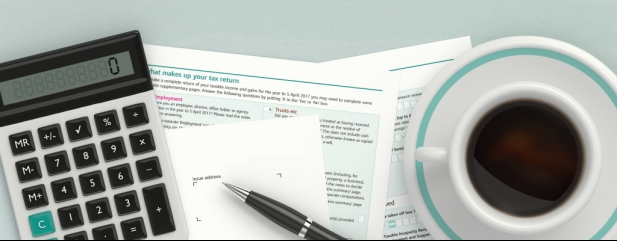Archived article
Please note that tax, investment, pension and ISA rules can change and the information and any views contained in this article may now be inaccurate.
Use ISAs and SIPPs to beat the new dividend tax hike

Investors who have significant assets outside of an ISA or pension will be hit by a rise in the dividend tax from next April. The rate will rise by 1.25 percentage points, taking an extra chunk out of investors’ income.
The first £2,000 of dividends are tax free, meaning the hike will only affect people who have dividends above that level each tax year, which equates to around £50,000 of investments, assuming a 4% yield.
What will it cost?
Someone with £5,000 in dividends each year will pay tax on £3,000 of that amount after the tax-free allowance is considered. In this example, under the old system a basic-rate taxpayer would have paid £225 in tax in a year, but that will rise by £38 under the new system.

A higher rate taxpayer will see the same £38 increase taking their tax bill to £1,013, while an additional rate payer will pay £1,181 in tax under the new system, meaning they are losing almost a quarter of their dividend income to tax.
At £10,000 of dividend income the tax burden increases by £100 at all tax brackets, meaning a higher rate taxpayer pays £6,075 in tax and an additional rate payer pays £7,083.
Meanwhile at £20,000 of dividends the tax bill increases by £225 and at £50,000 it rises by £600.
However, if we assume the same 4% yield then to generate £50,000 of dividend income you’d need an investment pot of £1.25 million.

HOW CAN I BEAT IT?
All investments held in an ISA or pension aren’t subject to the dividend tax, so your route to a lower tax bill is to move your money into these accounts. Assuming you still want access to this money and don’t want it tied up in a pension, the best option would be an ISA.
The annual ISA allowance is currently £20,000, so you can move £40,000 into your ISA before the tax hike starts to really bite next April (by using this year’s allowance now and next year’s as soon as the new tax year starts in April).
If you have a spouse who also hasn’t used their ISA allowance this year (and doesn’t have their own investments outside an ISA) you can double this allowance and shift your portfolio away from tax more rapidly. These processes are called ‘Bed and ISA’ and ‘Bed and Spouse and ISA’.
Let’s look at an example. If an individual has an investment portfolio of £125,000 in a general investment account (sometimes known as a dealing account) it will take seven years to move it fully into an ISA, assuming 3% capital growth each year and 4% yield.
During that time as a basic-rate taxpayer you’d pay just under £400 in dividend tax in total, as you benefit from more and more of your investments being protected from tax. If you did nothing and just left the £125,000 in a general investment account (assuming the same 4% yield and 3% capital growth) your total dividend tax bill as a basic-rate payer over that seven years would be £1,837.50.
If you have a spouse and can use their ISA allowance too, you’d move the portfolio in just four years and face a total tax bill of £122.50 – saving £1,715 when compared to just leaving it outside an ISA.
Shift your income-paying assets first
The above example assumes that you’re moving an equal amount of all your investments each year into your ISA. For example, if you had 20 investments it assumes you move £1,000 from each into the ISA.
A smarter move would be to prioritise shifting any dividend-paying investments into your ISA first. This means that you can shelter your dividend income from tax first and therefore cut your tax bill.
To do this you’d need to look at your portfolio and rank the holdings by how much income they generate (in pounds and pence, rather than percentage terms).
You then start at the top of this list and move the highest income generating investments into an ISA first, before working your way down.
The exact amount of tax you’d save depends on your specific portfolio and how quickly those income-paying investments can be moved into an ISA.
But if we assume that by shifting the highest income investments first your yield drops by one percentage point each year (so is 4% in the first year, 3% in the second, 2% in the third and so on), your dividend tax bill as a basic-rate taxpayer would be £247 – saving £149 when compared to moving all your investments equally.
Important information:
These articles are provided by Shares magazine which is published by AJ Bell Media, a part of AJ Bell. Shares is not written by AJ Bell.
Shares is provided for your general information and use and is not a personal recommendation to invest. It is not intended to be relied upon by you in making or not making any investment decisions. The investments referred to in these articles will not be suitable for all investors. If in doubt please seek appropriate independent financial advice.
Investors acting on the information in these articles do so at their own risk and AJ Bell Media and its staff do not accept liability for losses suffered by investors as a result of their investment decisions.

 magazine
magazine








